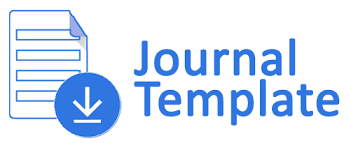Perlakuan Pajak Pertambahan Nilai Transaksi E-Commerce Di Indonesia
DOI:
https://doi.org/10.37477/bip.v8i1.35Keywords:
internet, online, offline, electronic commerce, digital product, business to business, business to consumer, cross borderAbstract
Developments in science and technology is very rapid at the end of the 20th century, especially information and communication technologies have caused changes in many areas of life, including the business life. One of the benefits of information and communication technologies in the business world is the support of the implementation of bisnis transactions are done online or so-called ecommerce (electronic commerce) through the use of the internet network. Ecommerce transactions are growing very rapidly from year to year. Given the potential tax revenue from this sector, governments around the world must give great attention to the taxation of e-commerce transactions, including the imposition of Value Added Tax. In Indonesia, the taxation of e-commerce transactions are regulated in Circular of the Director General of Tax No. SE-62/PJ/2013 dated December 27, 2013. But what is regulated in Circular of the Director General of Tax No. SE-62/PJ/2013 dated December 27, 2013 is deemed still not enough to regulate all matters relating to the imposition of Value Added Tax on e-commerce transactions. Therefore, it is necessary to develop a set of rules comprehensive for the imposition of Value Added Tax on e-commerce transactions.
Downloads
Published
How to Cite
Issue
Section
License
Authors publishing in this journal agree to the following terms:
- The author retains copyright and grants the journal rights of first publication with the work simultaneously licensed under a Creative Commons Attribution ShareAlike License License that allows others to share the work with acknowledgment of the author's work and initial publication in BIP's: Journal of Business Perspectives.
- Authors may include separate additional contractual arrangements for non-exclusive distribution of the published version of the journal (e.g., submit to an institutional repository or publish in a book), with an acknowledgment of the original publication in this Journal.
- Authors are permitted and encouraged to post their work online (e.g., in institutional repositories or on their websites) before and during the submission process, as it can lead to productive exchanges, as well as citations of previously published work.
Each author is expected to complete the copyright process with a document of the originality of the manuscript, the templated document is below:


7.png)


6.png)
2.png)


